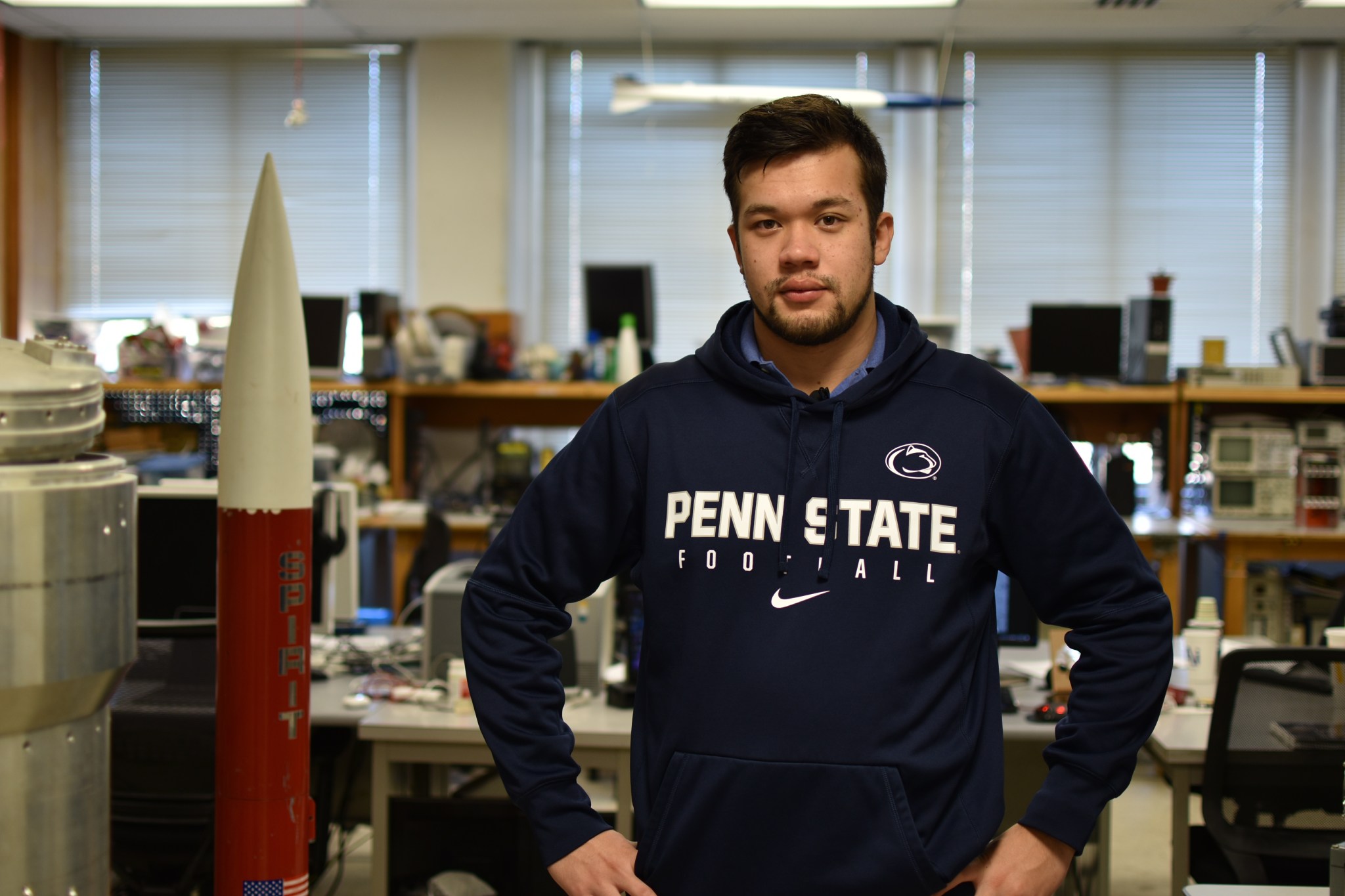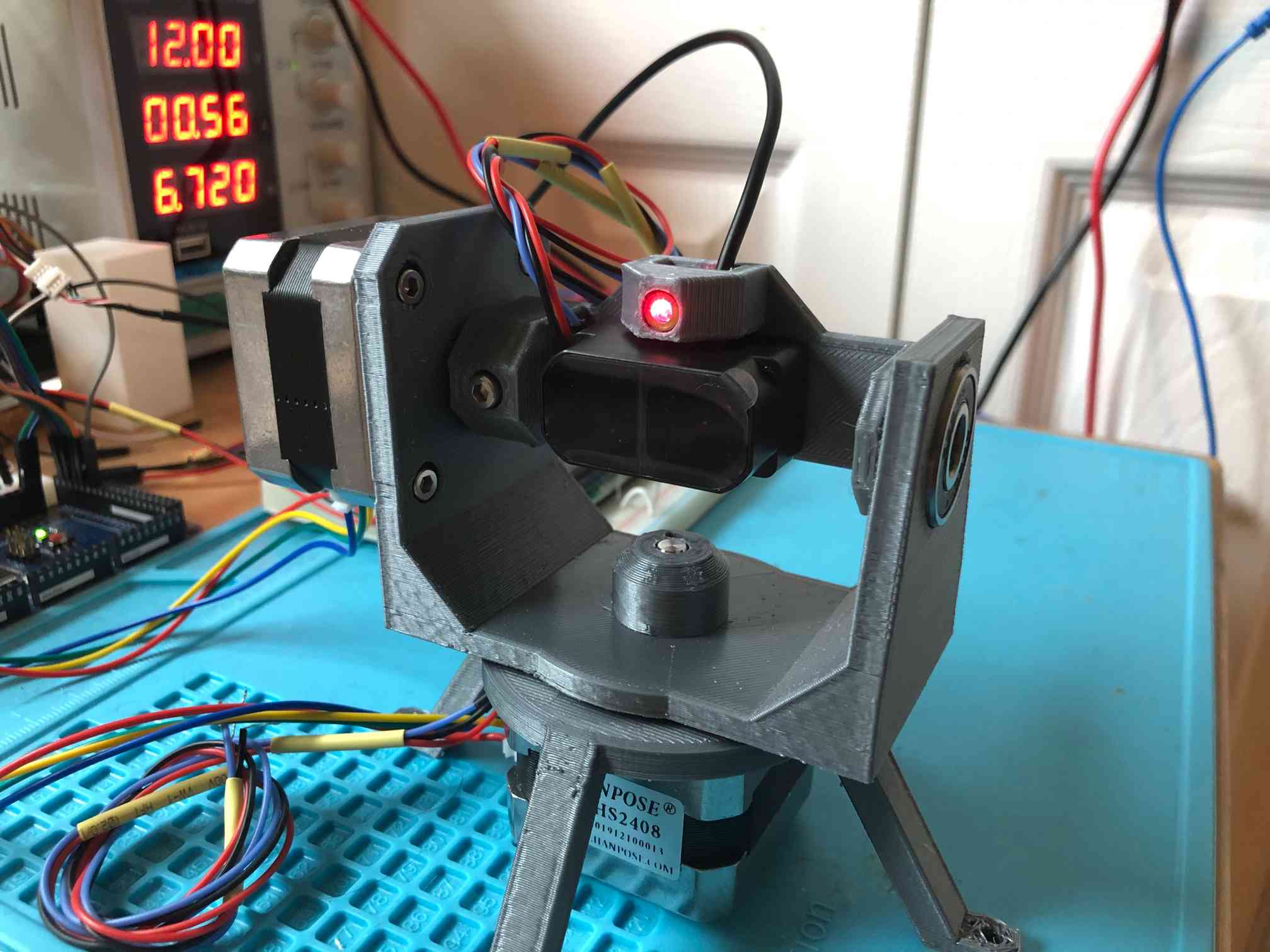University science and engineering students across the United States are pushing the limits of lunar exploration this summer, overcoming new challenges to come up with real-world solutions to NASA’s space technology hurdles.
Eight teams of students participating in NASA’s Breakthrough, Innovative, and Game-changing (BIG) Idea Challenge are creating sample payloads designed to work on the Moon – specifically in permanently-shadowed regions. Their designs could offer NASA unique solutions for supplying power and collecting data in dark craters near the Moon’s polar regions that have never seen even a sliver of sunlight.
Despite the circumstances the global pandemic presents, all eight teams are working remotely, and their projects are on track for completion by the November deadline.
“We’re trying to look forward to the forum at the end of the challenge and being back in the labs. Given everything that’s going on, we have maintained a pretty good level of success in our design so far and I think that has been encouraging for everyone that we have been able to still make progress,” said Jacob St. Martin of the University of Virginia in Charlottesville.
St. Martin’s team’s payload, BELLE, is a laser designed to transmit power to rovers and other systems positioned inside craters through solar panels.
The 2020 BIG Idea participants have made great strides on their prototypes designs this summer despite the coronavirus. Their progress is rooted in teamwork.
“I have been encouraging my team to make themselves leaders in the circumstances,” said Adam Gronewold, team lead from Dartmouth College in Hanover, New Hampshire.
His team is developing a modular exploration system that can be configured as a single four-wheel unit or multiple units to avoid getting trapped on the Moon’s rocky surface, much like how his teammates work individually and then also come together to avoid getting “trapped” by problems in designing their prototype.
“Although I am the team lead, I try to push this idea that I am not more valuable to the project than you are,” Gronewold said. “We need you to step up because unless we have people taking initiative on the small things, it’s kind of challenging to move forward.”
Another team found their own unique way to overcome the challenges of communication, organization, and working remotely.
“Just when we were ready to start testing in the laser lab, we all went on shutdown, so instead of doing a bunch of tests, we had to start working on things in a totally different way,” said Ross Centers, a member of the Colorado School of Mines with the University of Arizona team.
One of his team’s biggest obstacles was the inaccessibility of a lab in which to test their payload, LASER, which aims to wirelessly transmit power via a laser mounted on a lunar lander to a group of very small satellites. Since his team couldn’t access the university’s laser lab this summer, the group switched gears and completed a lot of work at home on workbenches with an electric kit and 3D printer, Centers said.
The university teams have adjusted to virtual meetings. Julian Morgan of Northeastern University in Boston described how he previously took in-person meetings for granted.
“When you’re talking and get to see the reactions of people, it’s not the same as talking to each other through cameras,” said Morgan, whose team is developing a rover and solar-powered charging station.
“These university teams have demonstrated perseverance this summer as they continued to develop innovative prototypes of systems for power, exploration communication, and more,” said Drew Hope, manager of NASA’s Game Changing Development program. “These systems could enhance NASA’s ability to explore more of the Moon. I’m always impressed with the variety of ideas and problem solving we get from the BIG Idea teams, and I’m looking forward to seeing their final products.”
The teams will submit technical papers on their designs this November and present their design prototypes to a panel of judges during the 2020 BIG Idea Challenge forum, planned for early next year. The BIG Idea Challenge is an engineering design competition sponsored by NASA’s Space Technology Mission Directorate and NASA’s Office of STEM Engagement and is administered by the National Institute of Aerospace.
View the summaries of all eight university team design ideas here:
http://bigidea.nianet.org/wp-content/uploads/2020/02/2020-BIG-Idea-Challenge-Team-Synopses.pdf
































